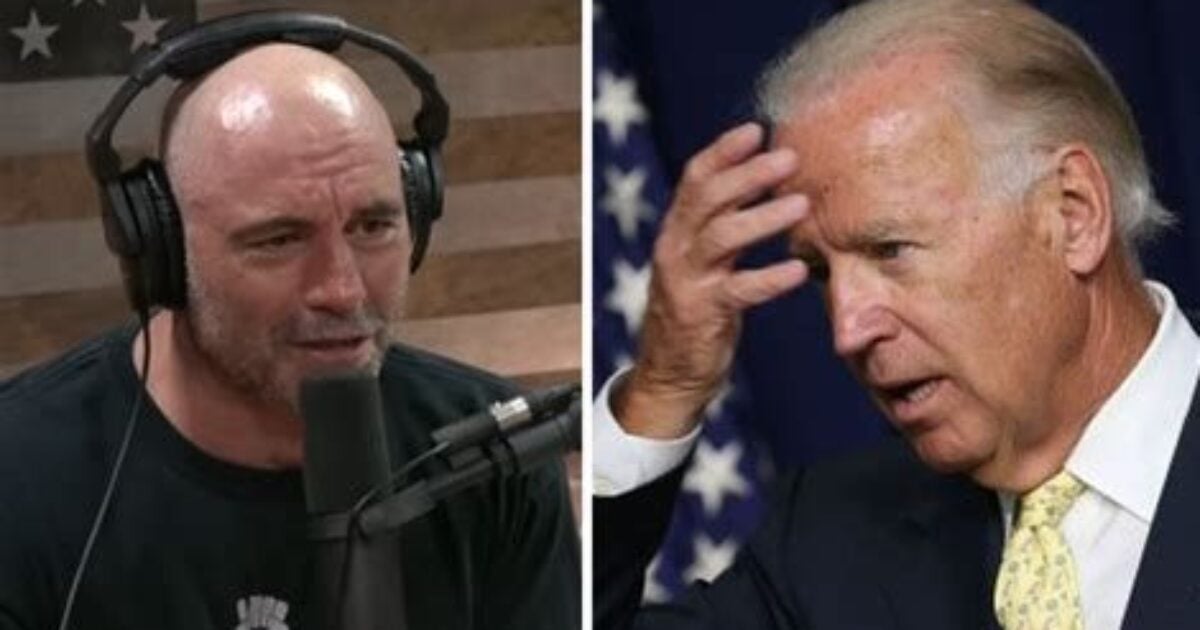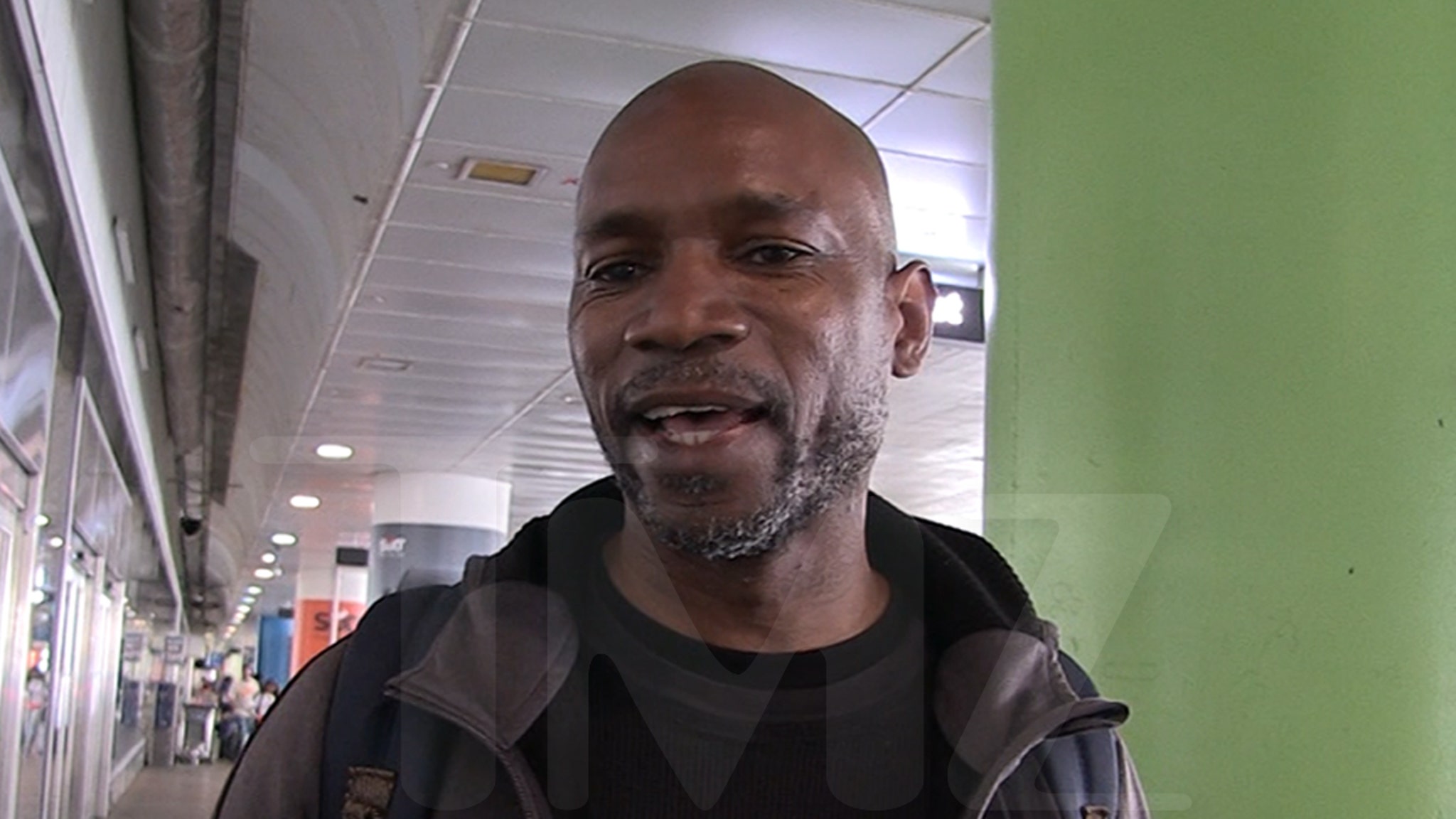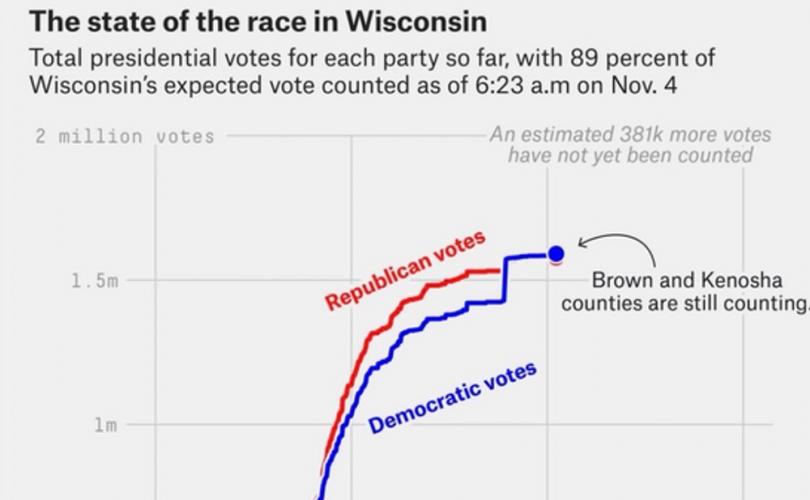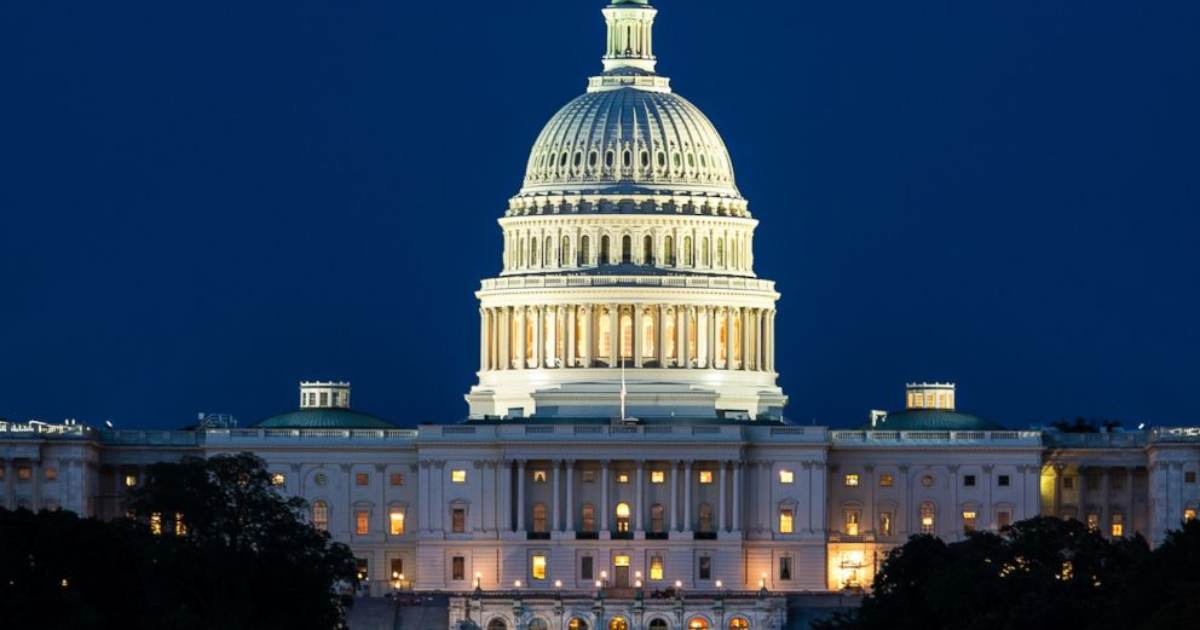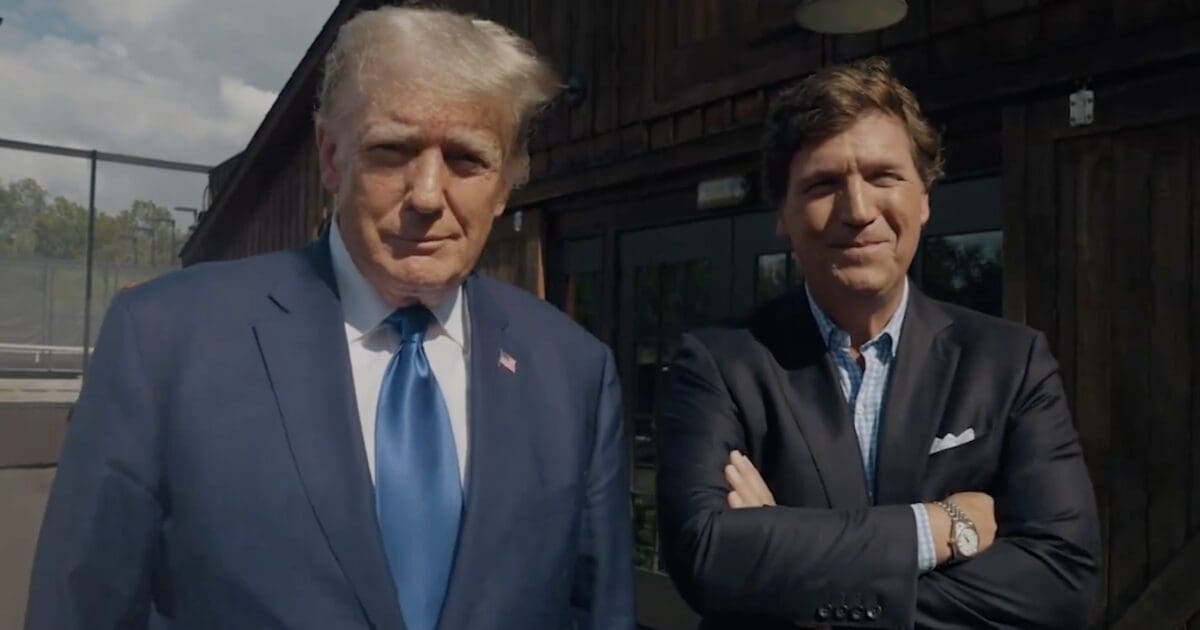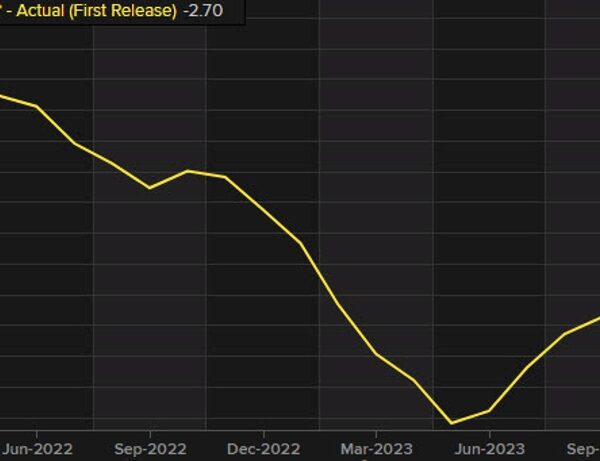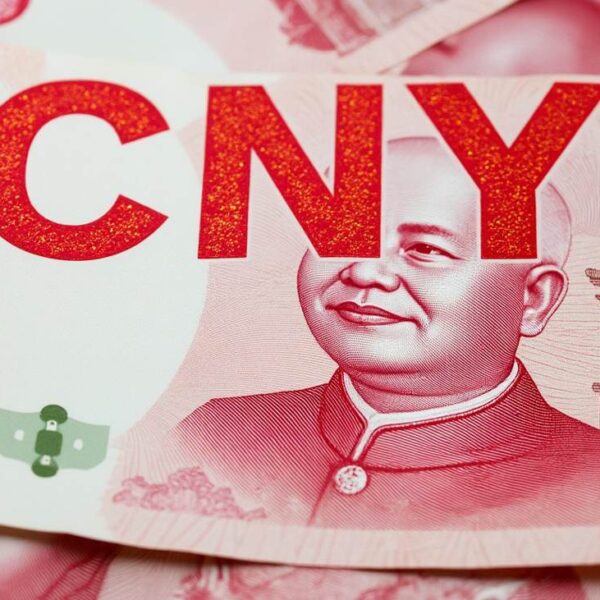
Here is more proof that the The New York Times should never, ever be trusted again.
In March the Times opined that Joe Biden is not really suffering dementia but instead he is acting more like the masters Beethoven, Wagner and Martin Scorsese.
They were really pouring it on thick. That previous Op-ed blew up in their face last Thursday night on CNN.
Joe Rogan mocked their gaslighting on Independence Day which is fitting. Today is a great day to declare your independence from the gaslighting of the legacy media that lies to the American public like it’s their job.
Joe Rogan responded, “Oh, OK. I feel better now.
Oh, OK. I feel better now. pic.twitter.com/rfNpNyokHi
— Joe Rogan (@joerogan) July 4, 2024
Here is what The New York Times was pushing back in March:
By A.O. Scott.
The literary critic Edward W. Said, who wrote the book “On Late Style,” suggested that late work like this “has the power to render disenchantment and pleasure without resolving the contradiction between them.” Clint Eastwood’s recent films (notably “The 15:17 to Paris,” “The Mule” and “Cry Macho”), at once the corniest and the most avant-garde movies in his canon, fit this description. So do Philip Roth’s bitter, incandescent final books (“Exit Ghost,” “Indignation” and “Nemesis,”), which distill the prodigious inventiveness of his great middle-period novels into austere, jagged, sometimes bluntly funny meditations on sex, death and disgrace.
What does any of this have to do with Joe Biden? Politics is not art. But it is a craft, a vocation, and not many people have practiced it as long or as devotedly as Biden. In a profile this month in The New Yorker, Evan Osnos notes that “for decades, there was a lightness about Joe Biden — a springy, mischievous energy” that is no longer in evidence. “For better and worse,” Osnos writes, “he is a more solemn figure now.”
The word “figure” is well chosen; the Biden the public thinks it knows has always been, like every other politician on the national stage, a construct, a character, a persona. That “lightness” — as well as the tendencies toward verbosity, sentimentality and handsiness that were part of Biden’s brand as senator and vice president — was a matter of style. Which isn’t to say it was inauthentic. Quite the opposite; a politician’s style, like a writer’s or an actor’s, expresses a true self as it is filtered through the discipline of performance.
Trump’s style hasn’t changed. He is manifestly the same figure he has been at least since he entered electoral politics in 2015. That may be one reason that his age seems less relevant to voters.But Biden, during his term in office and especially in the early stages of what will be his last campaign, seems different. In Osnos’s account, the “mercurial mix of confidence and insecurity” that defined his earlier persona has given way to a “confidence that borders on serenity.”
It’s not a complete break with the past. The nine-minute journey from the door of the House chamber to the podium on Thursday night, during which the president schmoozed, kissed, mugged and took selfies, was what you might call vintage Biden, as was the self-deprecating joke that kicked off the speech…
…Biden, in his early, unsuccessful presidential campaigns, attempted to articulate a version of that story, conjuring folksy images of middle-class, midcentury Americans and vague, rosy visions of an America whose best days were yet to come. He wasn’t especially convincing.
When he revisits those tropes now it is with a sense of their fragility. He uses them to frame the argument that American liberal democracy finds itself in mortal danger. The sturdy old rhetoric of striving families and the long struggle for justice is itself imperiled, and is part of what late Biden is trying to rescue. If this election is about the survival of democracy, he has cast himself not as its savior but — for the last time — as its most plausible representative.

